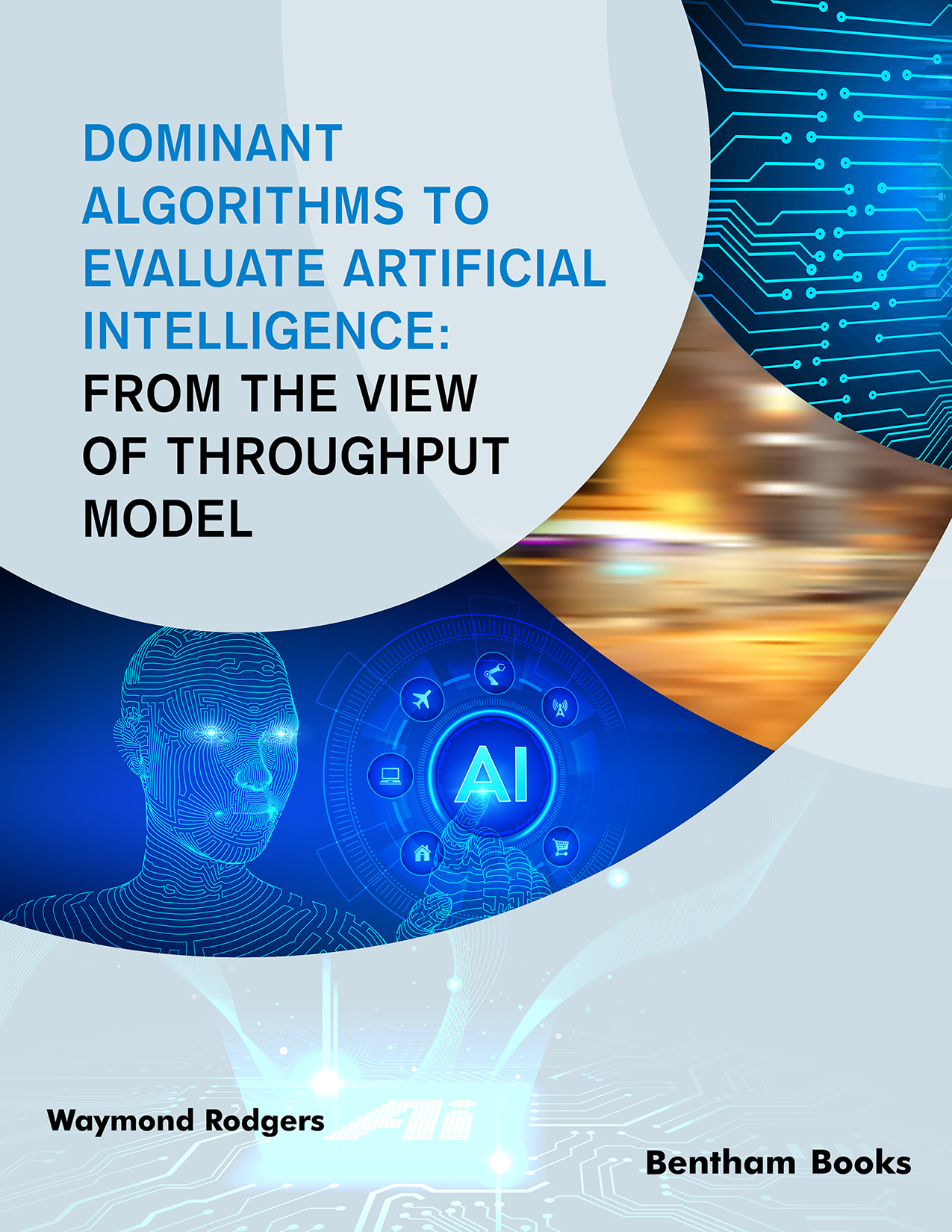Introduction
This book describes the Throughput Model methodology that can enable individuals and organizations to better identify, understand, and use algorithms to solve daily problems. The Throughput Model is a progressive model intended to advance the artificial intelligence (AI) field since it represents symbol manipulation in six algorithmic pathways that are theorized to mimic the essential pillars of human cognition, namely, perception, information, judgment, and decision choice. The six AI algorithmic pathways are (1) Expedient Algorithmic Pathway, (2) Ruling Algorithmic Guide Pathway, (3) Analytical Algorithmic Pathway, (4) Revisionist Algorithmic Pathway, (5) Value Driven Algorithmic Pathway, and (6) Global Perspective Algorithmic Pathway.
As AI is increasingly employed for applications where decisions require explanations, the Throughput Model offers business professionals the means to look under the hood of AI and comprehend how those decisions are attained by organizations.
Key features:
- - Covers general concepts of Artificial intelligence and machine learning
- - Explains the importance of dominant AI algorithms for business and AI research
- - Provides information about 6 unique algorithmic pathways in the Throughput Model
- - Provides information to create a roadmap towards building architectures that combine the strengths of the symbolic approaches for analyzing big data
- - Explains how to understand the functions of an AI algorithm to solve problems and make good decisions
- - Informs managers who are interested in employing ethical and trustworthiness features in systems.
Dominant Algorithms to Evaluate Artificial Intelligence: From the view of Throughput Model is an informative reference for all professionals and scholars who are working on AI projects to solve a range of business and technical problems.
Audience: Working professionals, data scientists, engineers and project managers interested in AI models for business projects; computer scientists and Computer science students.

